In the realm of aerial combat, few weapons have stood the test of time like the Russian Aphid AAM. Let’s explore the Russian Vympel R-60 Aphid AAM, a short-range, infrared-guided air-to-air missile developed during the tense Cold War era, which is a testament to the Soviet Union’s relentless pursuit of military superiority. Designed specifically for Soviet fighter aircraft, the R-60 has been exported worldwide, proving its undeniable effectiveness in battle.
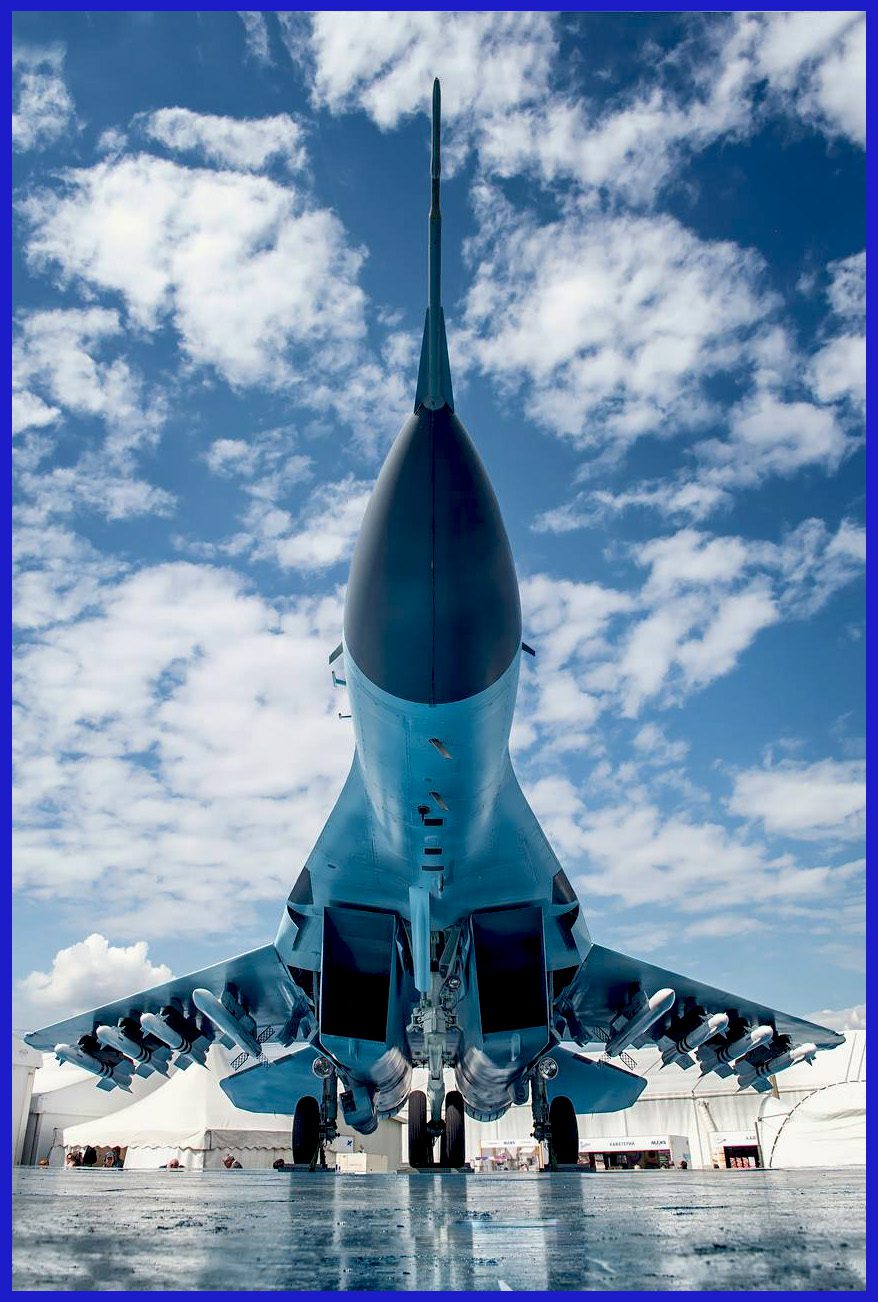
Today, this missile continues to serve as a vital asset to Russia and numerous other nations, standing ready to strike with unrelenting power and precision. Let us explore the awe-inspiring capabilities of this Fox-2 category weapon, which continues to dominate the skies to this day.
The missile’s NATO code name is “Aphid”. It was designed to be carried by Soviet fighter aircraft such as the MiG-21, MiG-23, MiG-29, Su-15, Su-24, and Su-25. The R-60 has a range of up to 8 km and can be launched from an altitude of up to 20 km. An infrared seeker guides it to home in on the heat emitted by the target’s engines or exhaust. The missile is highly manoeuvrable and can engage targets from a wide range of angles. Its intended use was for close combat situations against enemy aircraft.

The R-60 has been utilized in several conflicts, including the Iran-Iraq War, the Gulf War, and the 1982 Lebanon War. Despite being an older design, the missile is still operational in many countries today, including India, after undergoing modernization and upgrades over the years to maintain its effectiveness in modern air combat scenarios.
Development Of The R-60 Aphid
The R-60 missile was initially developed for the MiG-23, and intensive work began on it under the bureau designation K-60 in the late 1960s. Series production commenced in 1973, marking a pivotal moment in the Cold War-era arms race. Upon its introduction, the R-60 was renowned as one of the lightest and most agile air-to-air missiles in the world, with a launch weight of 44 kg ( 97 lb ), making it a formidable weapon on the battlefield. It utilizes advanced infrared guidance, with an uncooled Komar ( Mosquito ) seeker head, allowing it to seek and destroy targets with unparalleled accuracy. Control is achieved using forward rudders with large rear fins, enabling the missile to make swift and precise movements.
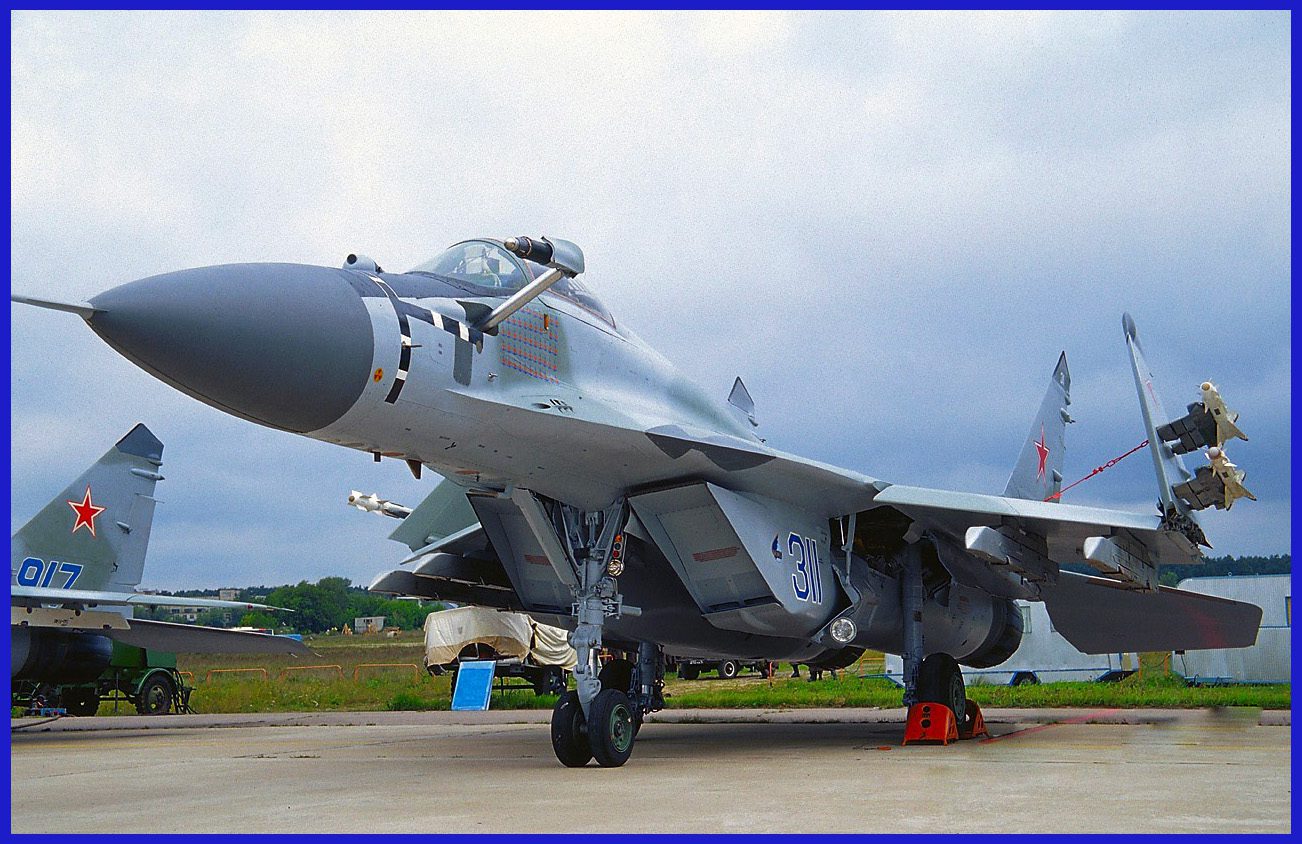
The nose of the missile features distinct canards, known as “destabilizers,” expertly designed to enhance rudder efficiency at high angles of attack. The R-60 missile incorporates a small yet powerful 3 kg (6.6 lb) tungsten expanding rod surrounding a high explosive fragmentation warhead, delivering a devastating impact on enemy targets. It offers the flexibility of fitting two different types of proximity fuzes: the standard Strizh (Swift) optical fuse, which can be substituted with a Kolibri active radar fuse, further augmenting its versatility. Missiles equipped with the latter fuse are designated as R-60K, elevating this already lethal missile to an even higher level of potency.

According to Russian sources, the practical engagement range of the R-60 missile is approximately 4km ( 2.48 mi ), although its “brochure range” at high altitude is advertised as 8 km ( 5.0 mi ). This weapon was once considered one of the most agile air-to-air missiles until the emergence of thrust vector missiles like the R-73 and AIM-9X, which upped the ante. The R-60 has the capability of being used by aircraft manoeuvring at up to 9g against targets manoeuvring at up to 8g, making it a fearsome weapon in close combat situations.
Its short minimum range of only 300 m ( 330 yds ) provides a tactical advantage for pilots. In Soviet practice, most air-to-air missiles were produced with interchangeable IR-homer and semi-active radar homing ( SARH ) seekers, but a SARH version of the R-60 was never considered due to the small size of the missile, which makes a radar-homing version with a practical antenna infeasible.
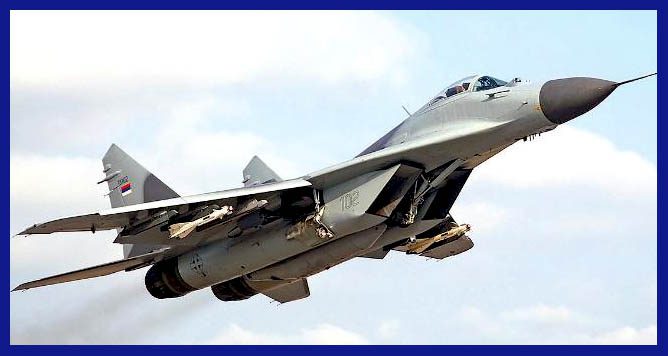
Later Generation R-60 Aphid Variations
A non-live training version, known as UZ-62 and UZR-60, was also produced. An upgraded variant, named R-60M (NATO reporting name: “Aphid-B”), was introduced around 1982, featuring a nitrogen-cooled seeker with an expanded view angle of ±20°. Although more sensitive than its predecessor, the R-60M has only limited all-aspect capability. The minimum engagement range was further reduced to just 200 m (220 yd). The proximity fuzes exhibited improved resistance to ECM, with both optical and radar fuzes remaining available.
The export version with the Kolibri-M Radar-fuze is designated as R-60MK ( NATO reporting name: “Aphid-C” ). The R-60M is 42 mm ( 1.7 in ) long and has a heavier, 3.5 kg ( 7.7 lb ) continuous-rod warhead, increasing the launch weight to 45 kg ( 99 lb ). In some versions, the warhead is apparently laced with about 1.6 kg ( 3.5 lb ) of depleted uranium to enhance the penetrating power of the warhead. The inert training version of the R-60M is the R-60MU.
The R-60 missile has been modified for use as a surface-to-air missile since 1999. It is now part of the Yugoslav M55A3B1 towed anti-aircraft artillery system. The missile has also been seen on a twin rail mount on a modified M53/59 Praga armoured SPAAG ( Self-Propeller Anti-Aircraft Gun ) of Czechoslovakian origin. To adapt the missile for ground launch, a first-stage booster motor was added, with the missile’s own motor acting as the sustainer. This is different from the US MIM-72 Chaparral, where the missile’s motor is modified for ground launch.
Although the current Russian dogfight missile is the R-73 ( AA-11 “Archer” ), many highly upgraded R-60 missiles are still in service.

The R-60 Aphid, History Of Operations
During the Soviet era _ On April 20, 1978, a harrowing incident occurred when two R-60 missiles were launched at Korean Air Lines Flight 902 due to a navigation error that led it into Soviet airspace. One of the missiles successfully hit the aircraft, causing the detachment of 4 meters of the left wing and resulting in the death of 2 passengers. The flight crew was forced to make an emergency landing on a frozen lake.
Then, on June 21, 1978, Pilot Captain V. Shkinder of the PVO flew a MiG-23M and shot down two Iranian Boeing CH-47 Chinook helicopters that had flown into Soviet airspace. The first helicopter was dispatched by two R-60 missiles while the second was taken down by the cannon fire, demonstrating the power and precision of this missile system.
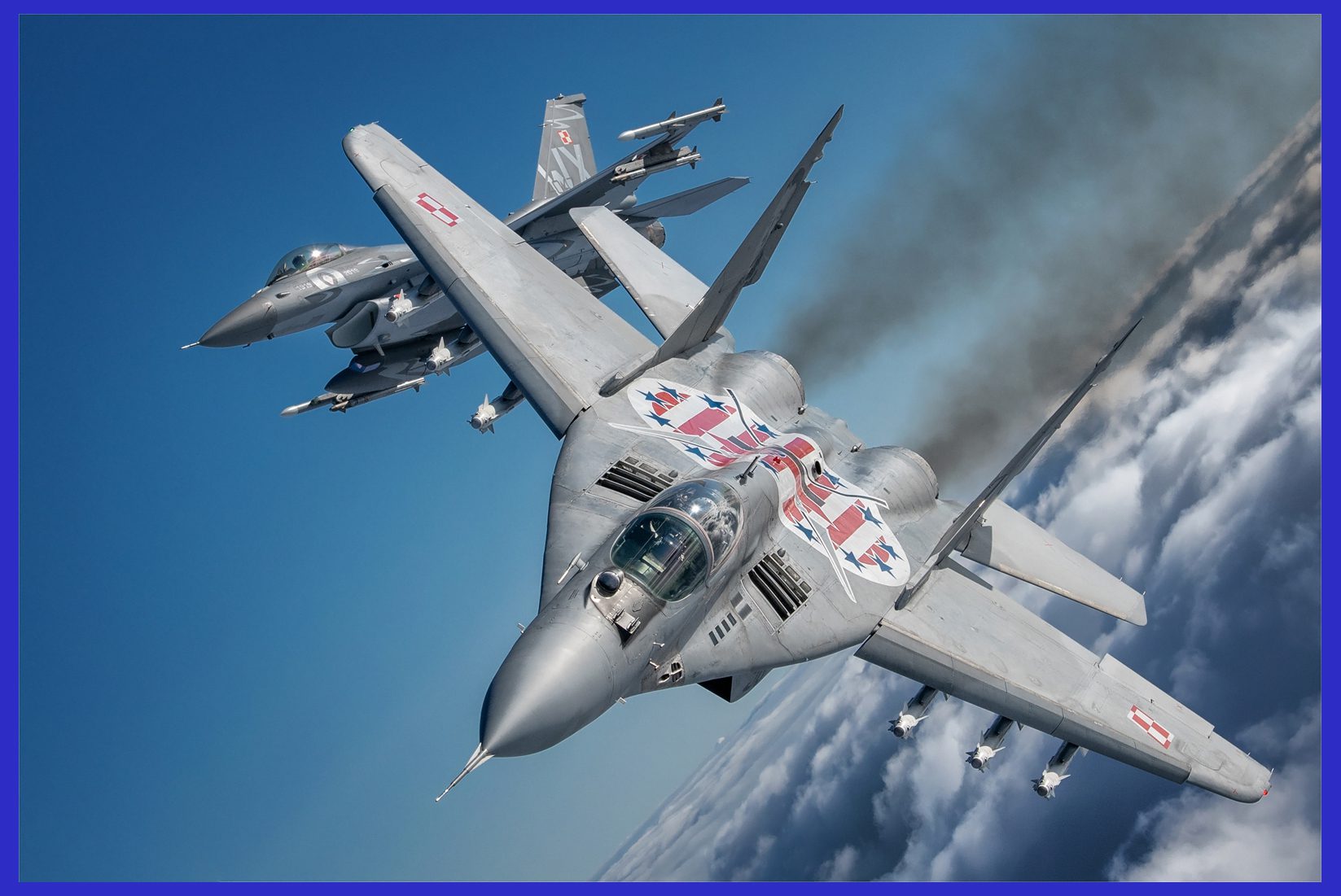
During the Lebanon War _ According to multiple Russian reports, the R-60 was extensively and powerfully utilized during the 1982 Lebanon War, with the Syrians relying on it as their primary air-to-air weapon. The reports suggest that the R-60 was a highly successful and devastating air-to-air missile, responsible for the destruction of several F-4s, F-16s, and IAI Kfirs, among other aircraft. Israeli reports, on the other hand, claim that most of the air-to-air combat involved visually engaging dogfights, which is also supported by Russian sources.
Israel asserts that all their aircraft losses were a result of surface-to-air missiles while admitting to the loss of some F-4s and Kfirs in 1982. Nevertheless, on June 9, 1982, a Syrian MiG-21 deployed an R-60 missile, inflicting significant damage on an F-15. Fortunately, the damaged F-15 was successfully repaired after managing to return to its base.
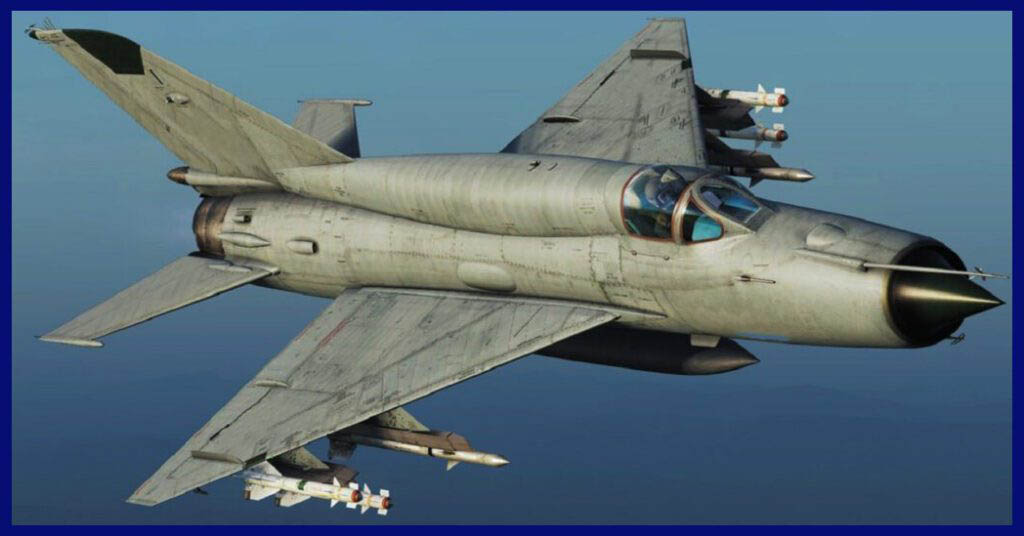
From the Gulf War to the Iran-Iraq War _ On 11 August 1984, in the midst of the Iran–Iraq War, the Iraqi Air Force used an R-60 missile to shoot down an Iranian F-14A, which was piloted by Hashem All-e-Agha. Similarly, during the Gulf War on 19 January 1991, Iraqi pilot Jameel Sayhood claimed to have successfully downed a Royal Air Force Panavia Tornado using the R-60 missile. However, the Royal Air Force disputed this claim and reported that the aircraft had actually crashed on 22 January 1991 during a bombing mission in Ar Rutba.
Post Kargil War _ The Pakistan Navy Atlantic shootdown occurred on 10 August 1999 when a Breguet Atlantic maritime patrol aircraft of the Pakistan Naval Air Arm was downed by an Indian Air Force MiG-21 fighter over the Rann of Kutch on the border between India and Pakistan, resulting in the death of 16 Pakistani soldiers, including the pilots. The incident took place just a month after the Kargil War, which escalated the already tense relations between the two nations. The event is commonly known as the Atlantique incident, serving as a haunting reminder of the volatile geopolitical situation in the region.

The R-60MK Aphid Technical Specifications
- Weight: 45 kg ( 99 lb )
- Length: 6 ft 10 in ( 1.859 m )
- Diameter: 4.7 in ( 120 mm )
- Warhead: 3.5 kg ( 7.6 lb )
- Detonation: InfraRed proximity fuse
- Engine: Solid propellant rocket
- Range: 8 km
- Speed: Mach 2.7
- Guidance: Infrared homing
- Launch Platform: All operational Russian Fighter aircraft which include MiG-21, MiG-27, MiG-29, MiG-31, Su-22, Su-24, Su-25, Mi-24 Helicopter and a few International military jets like BAE Systems Hawk Trainer, L-39 Albatros etc.

Furthermore, seize this exclusive opportunity to acquire the exquisite large-scale 1/72 premium die-cast models of the formidable MiG-29A Fulcrum armed with 6 AAMs. These remarkable and iconic military jets are widely acclaimed as the epitome of advanced interceptors, boasting an impeccable track record. Now available for purchase on AirModels with worldwide delivery, do not let this chance slip away to own these exceptional and meticulously crafted models that flawlessly encapsulate the essence of aviation history. Click here now to secure your piece before the limited stock is depleted.
In conclusion, the R-60 Aphid missile has proven to be a reliable and effective air-to-air missile that has been used in various conflicts around the world. Its lightweight and compact design, combined with its high manoeuvrability and accuracy, make it a formidable weapon in dogfights and close-range engagements. Despite being developed several decades ago, the missile continues to be in use today and has undergone several upgrades to enhance its capabilities. The R-60 Aphid stands as a testament to the ingenuity and innovation of the Russian military-industrial complex, and its impact on air combat cannot be underestimated.
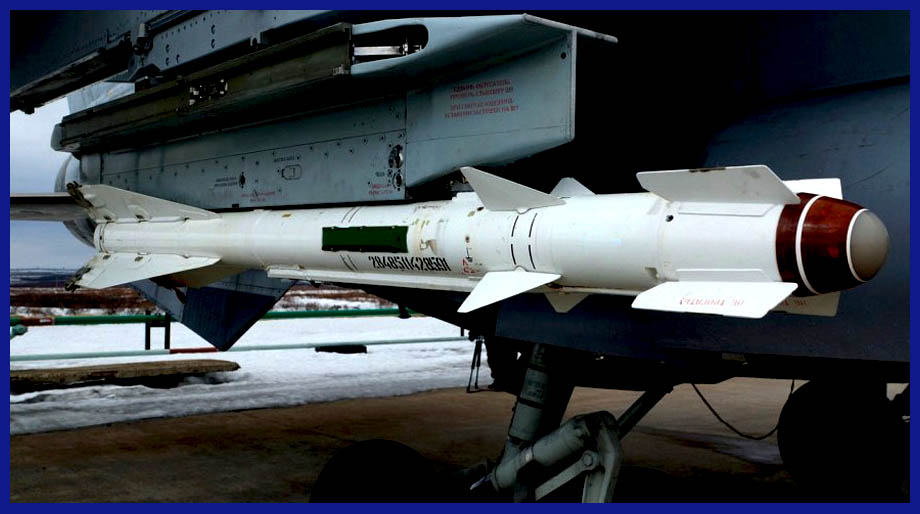
Important Announcement for Our Valued Readers!
After an article is published, it is possible that updates or changes may have occurred beyond the time of publication. Therefore, it is important to be aware that certain information in the article might be outdated. To ensure the most accurate analysis, it is highly recommended to verify the content with the latest sources available.
However, we are dedicated to delivering outstanding articles on military products and global updates. Maintaining quality and smooth operation requires resources. Your support sustains our efforts in providing insightful content. By purchasing high-quality products through our affiliated links, you help us keep our platform alive and acquire top-notch items. Your unwavering support is invaluable and inspires us to strive further.
We welcome your suggestions and requests for more information, as we value feedback from our readers. If there’s specific defence material or equipment not covered on our site, please share your request in the comments. We’ll strive to research and provide the required information. We sincerely thank you for your unwavering interest in our website, and we eagerly anticipate hearing from you! Enjoy your reading experience!

5 thoughts on “Let’s Explore The Russian Vympel R-60 Aphid AAM”